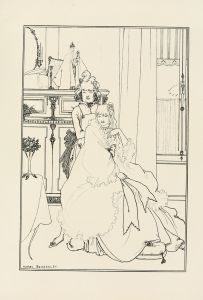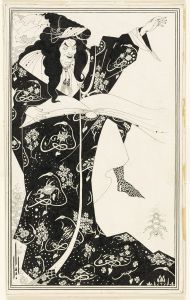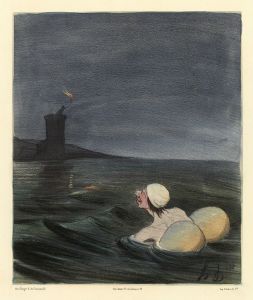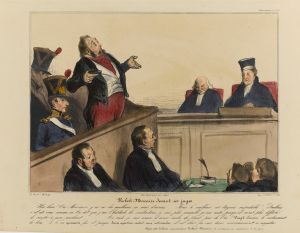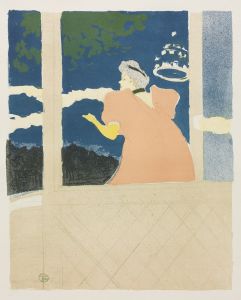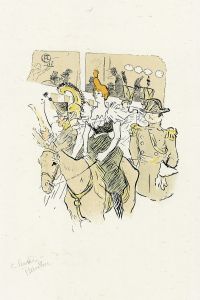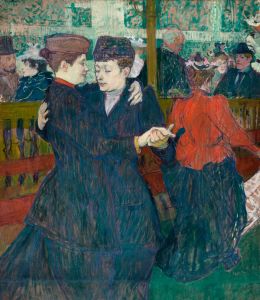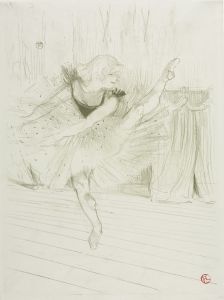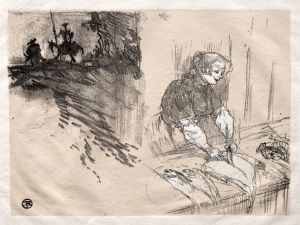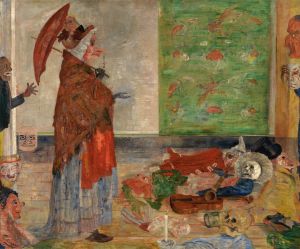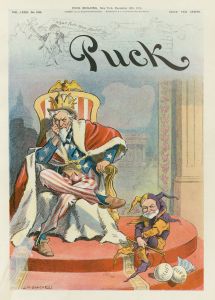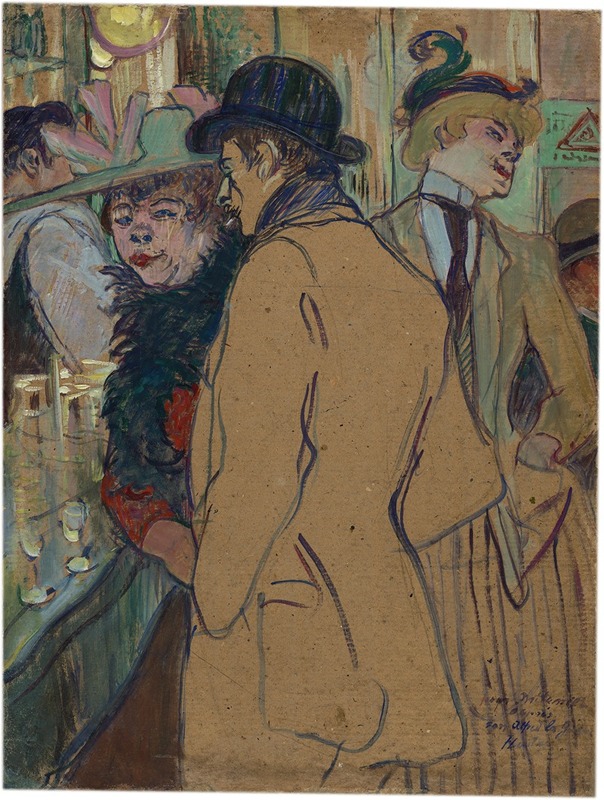
Alfred la Guigne
A hand-painted replica of Henri de Toulouse-Lautrec’s masterpiece Alfred la Guigne, meticulously crafted by professional artists to capture the true essence of the original. Each piece is created with museum-quality canvas and rare mineral pigments, carefully painted by experienced artists with delicate brushstrokes and rich, layered colors to perfectly recreate the texture of the original artwork. Unlike machine-printed reproductions, this hand-painted version brings the painting to life, infused with the artist’s emotions and skill in every stroke. Whether for personal collection or home decoration, it instantly elevates the artistic atmosphere of any space.
Henri de Toulouse-Lautrec, a prominent French painter, printmaker, and illustrator, is renowned for his depictions of the vibrant and often decadent life of Paris in the late 19th century. One of his lesser-known works is "Alfred la Guigne," a painting that captures the essence of his unique style and the cultural milieu of his time.
Henri de Toulouse-Lautrec was born on November 24, 1864, in Albi, France, into an aristocratic family. Despite his noble lineage, Lautrec is best known for his association with the bohemian lifestyle of Montmartre, a district in Paris famous for its nightlife and artistic community. His work often focused on the colorful characters and lively scenes of cabarets, dance halls, and theaters, where he found inspiration in the performers and patrons who frequented these establishments.
"Alfred la Guigne" is a painting that exemplifies Lautrec's keen observational skills and his ability to capture the personality and mood of his subjects. Although specific details about the painting's creation and its subject matter are not extensively documented, it is consistent with Lautrec's broader body of work, which often featured individuals from the Parisian nightlife scene.
Lautrec's style is characterized by its bold use of color, dynamic composition, and expressive line work. He was influenced by the Impressionists, but he developed a distinctive approach that set him apart from his contemporaries. His work often included elements of caricature, emphasizing the unique features and expressions of his subjects. This approach allowed him to convey not only the physical appearance but also the character and emotions of the people he portrayed.
In "Alfred la Guigne," Lautrec's use of color and line likely serves to highlight the personality of the subject, capturing a moment in time with both immediacy and depth. The painting reflects Lautrec's interest in the human condition and his ability to find beauty and intrigue in the everyday lives of those around him.
Toulouse-Lautrec's work, including "Alfred la Guigne," is significant not only for its artistic merit but also for its documentation of a particular era in Parisian history. His paintings provide a window into the world of late 19th-century Paris, offering insights into the social dynamics and cultural trends of the time. Lautrec's ability to blend art with social commentary has cemented his place as a pivotal figure in the history of modern art.
Despite his relatively short life—he died at the age of 36 in 1901—Lautrec's impact on the art world was profound. His innovative techniques and unique perspective influenced subsequent generations of artists and continue to be celebrated today. "Alfred la Guigne," like many of his works, remains a testament to his talent and his enduring legacy in the world of art.





